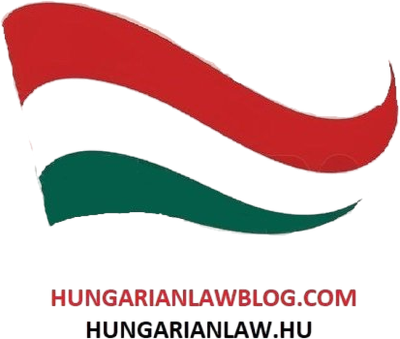In every lawyer's life, there are cases that will be remembered at the end of his or her career, because of their complexity, their professional uniqueness or their incredibly long duration. One such case is about to be concluded in our law firm, in which our client, seeking justice, will finally get his money, with interest, after 18 years of litigation and enforcement proceedings.
The case started 18 years ago over an unpaid, high-value invoice from a client who was building a building to order. The client took possession of the building, started using it, but failed to pay the final invoice, not only depriving our client of profits, but also pushing his company to the brink of insolvency due to subcontractor and project-related taxes.
To enforce the claim, our client filed a lawsuit and after all the appeals, finally obtained six court decisions and, after just 7 years, had an enforceable judgment on his claim.
But then he was disappointed, the bailiff was unable to recover his claim because the debtor had transferred the property twice in succession, by sale and trust, to other legal entities in which he had an interest.
We spent the next 8 years trying to prove, and finally succeeding, in various court proceedings the collateral nature of these fraudulent transactions. These proceedings have exhausted, often on several occasions, all the remedies available under the Civil Procedure Code and have been the subject of two judgments in the form of leading decisions.
Our client's chances were greatly enhanced by the fact that, in the second foreclosure case, the courts, on our motion, placed the property under security in foreclosure as an insurance measure to prevent further transfers. This avoided the risk that, following successful court proceedings, the property, which offered the possibility of recovering the debt, would be permanently excluded from enforcement.
Of course, the debtor also objected to all the measures taken by the executor during the enforcement procedure, contested every step of the procedure, made unfounded denunciations, and therefore the enforcement procedure could only be concluded years after the last court decision had become final.
Finally, after 18 years, when the case came of age, our client will receive the principal amount of his unpaid invoice, together with interest and the legal costs awarded by the courts. Unfortunately, in this case, too, we suffered a loss due to the practice of the courts in winning cases where, on several occasions, instead of the market, actual legal representation fees, the courts in charge of the case calculated lower legal costs based on an unknown calculation, and therefore, despite successful legal representation, the bailiff was able to recover less than the market, actual fees for our client in this case.
The debt recovery, which turned out to be a long procession, turned out to be fortunate for our client, thanks to the fact that, unlike in many other cases, the debtor did not manage to remove the assets securing the claim during the enforcement of the legitimate claim due to the attachment.

